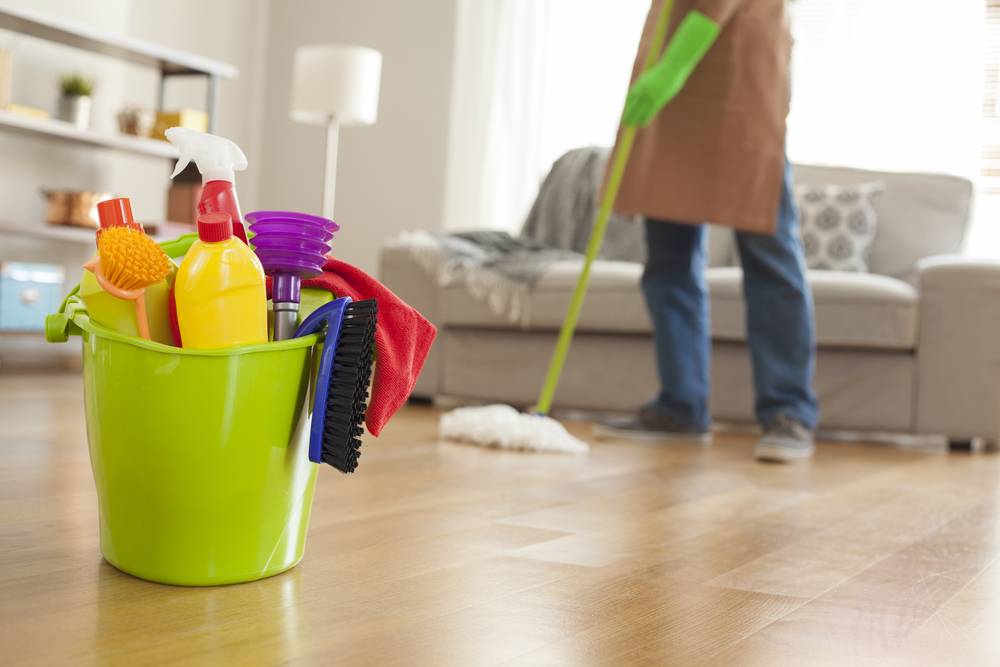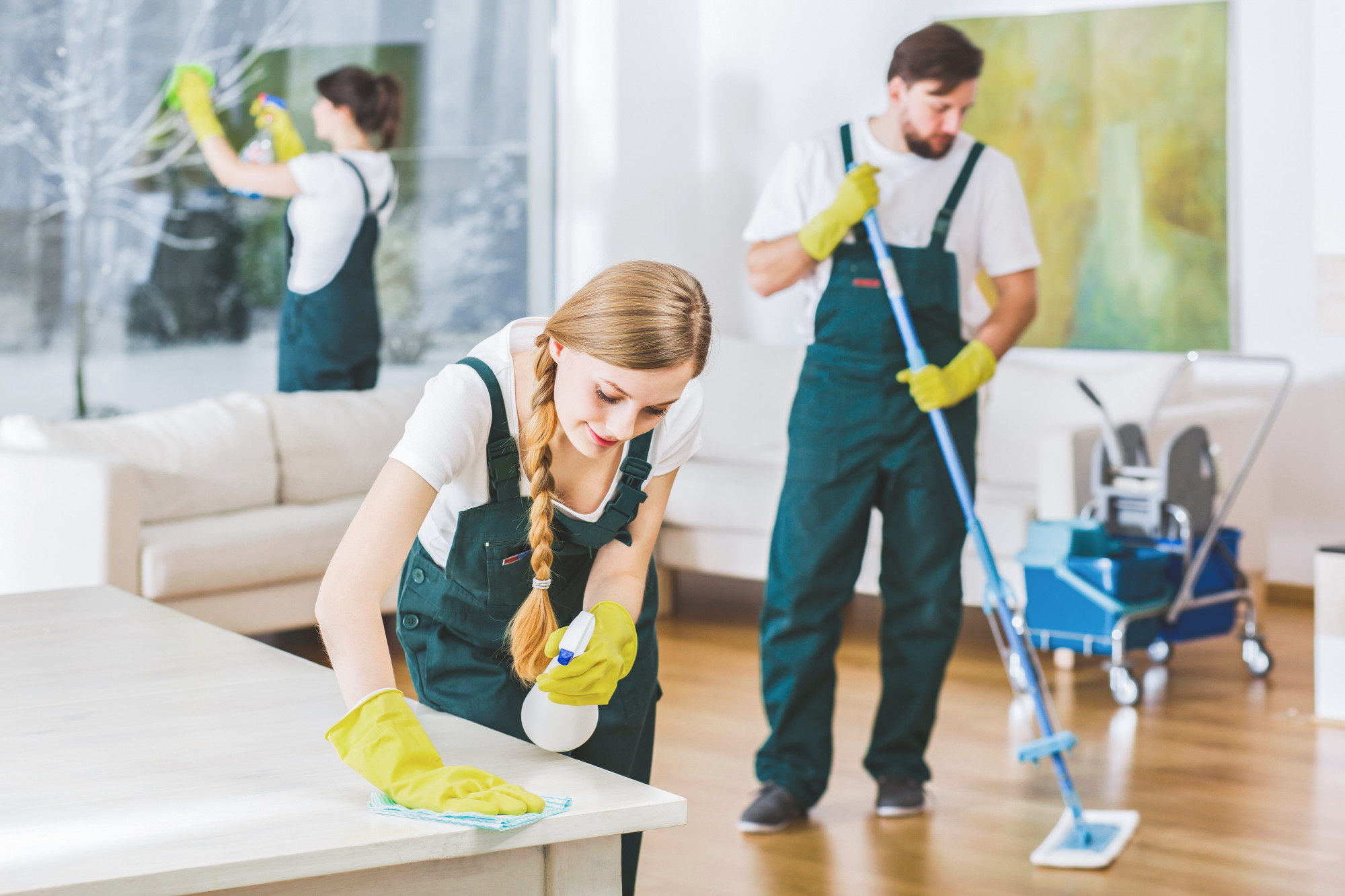Precisely How to Master Everyday Cleaning: Tips for Effective Defrosted and Cleaned Every Few Months and Decluttering
Precisely How to Master Everyday Cleaning: Tips for Effective Defrosted and Cleaned Every Few Months and Decluttering
Blog Article
Recognizing the Need for Thoroughly Decontaminating and Sterilizing Regularly Touched Surfaces in High-Traffic Areas
In the realm of public health and wellness and security, the precise disinfection and sanitization of often touched surfaces in high-traffic locations stand as paramount measures in preventing the spread of harmful pathogens. By discovering the numerous facets of surface area sanitation, from the dangers linked with neglecting cleansing methods to the efficient techniques that can be employed, a clearer understanding emerges of the essential duty these methods play in protecting public wellness.
Relevance of Surface Sanitation
Highlighting the extensive sanitation of high-traffic surface areas is essential in maintaining a sanitary atmosphere and stopping the spread of damaging pathogens. High-touch surface areas such as door deals with, light buttons, lift switches, and counter tops act as breeding premises for microorganisms and infections. Routine sanitation of these surface areas is imperative to lower the risk of contamination and transmission of ailments.
By executing a durable disinfection method, companies and institutions can create a more secure atmosphere for consumers, employees, and visitors. Appropriate surface area disinfection not just mitigates the spread of contagious conditions but also imparts self-confidence in the sanitation and safety of the facilities. This positive approach shows a dedication to wellness and wellness, which is particularly crucial in high-traffic areas where the possibility of direct exposure to virus is heightened.
In addition, surface area disinfection plays an important duty in overall infection control techniques. Incorporated with hand hygiene practices, using masks, and keeping physical distancing, complete sanitation of high-touch surface areas creates a thorough protection against the transmission of dangerous microbes. Focusing on surface area sanitation is a crucial element of an alternative method to health and wellness and security in shared areas.
Dangers of Ignoring Cleaning Practices
Overlooking extensive disinfection of high-traffic surfaces considerably increases the risk of bacterial and viral contamination, posing a serious threat to the health and wellness of people often visiting these areas. Failing to carry out appropriate cleaning practices can lead to the accumulation and spread of harmful virus, consisting of viruses and microorganisms, on often touched surfaces such as doorknobs, hand rails, elevator switches, and counter tops.

Furthermore, neglecting the relevance of comprehensive cleansing not only compromises the wellness of individuals but additionally weakens efforts to keep a hygienic and clean setting. It is important to recognize the relevance of proper sanitation methods in avoiding the spread of infections and safeguarding public health and wellness.
Effective Disinfection Approaches
To keep optimal tidiness and lower the risk of contamination on high-traffic surface areas, employing efficient disinfection techniques is crucial. One of the most common and effective sanitation approaches is using chemical disinfectants.
One more efficient technique is making use of UV-C light. UV-C light has actually been revealed to be efficient in killing a vast selection of microbes by disrupting their DNA structure, therefore avoiding them from duplicating. Nevertheless, it is important to use UV-C light properly, guaranteeing that the appropriate intensity and exposure time are related to accomplish the preferred disinfection results.
Additionally, using vapor cleaning as a sanitation technique can be highly efficient, specifically on surface areas that are heat-resistant. Steam can pass through porous surface areas and kill microorganisms, viruses, and other virus efficiently. When using heavy steam cleansing, it is very important to guarantee that the surface area reaches the called for temperature for an enough quantity of time to guarantee appropriate disinfection.
Effect on Public Wellness
The maintenance of high standards of sanitation and disinfection on high-traffic surfaces plays a critical function in guarding public health and wellness. Frequently touched defrosted and cleaned every few months surfaces in locations with high tramp, such as doorknobs, handrails, lift switches, and washroom centers, act as breeding premises for hazardous virus. Falling short to properly sanitize these surface areas can cause the fast spread of contagious diseases within areas. By implementing detailed disinfection protocols, the danger of transmission of infections, bacteria, and various other bacteria can be dramatically reduced.
In high-traffic areas like flight terminals, schools, hospitals, and public transport systems, the effect of rigorous disinfection actions can not be downplayed. Prioritizing the sanitization of regularly touched surfaces is a proactive technique to promoting public health and boosting the security of people in shared rooms.
Carrying Out Routine Cleaning Methods
Quickly setting up and adhering to a regular routine of cleaning methods is critical for preserving the tidiness and safety and security of high-traffic surfaces. Routine cleansing procedures are essential in preventing the buildup of bacteria and pathogens on often touched surface areas, especially in areas with high foot traffic. By carrying out an organized strategy to cleansing, organizations can properly minimize the threat of disease transmission and produce a much healthier environment for employees, clients, and the general public.
To establish an efficient cleansing timetable, it is essential to determine high-traffic locations that require regular interest. These locations might consist of doorknobs, handrails, lift switches, restroom facilities, and shared devices. Applying a routine cleaning program that targets these surface areas numerous times a day can significantly reduce the spread of hazardous microorganisms and infections.
In addition, utilizing appropriate cleaning agents and anti-bacterials is vital to ensuring that surfaces are thoroughly sanitized. Regular training of cleaning personnel on appropriate cleaning methods and the significance of adherence to the cleaning timetable is also vital in maintaining a sanitary setting. By focusing on regular cleaning procedures, organizations can promote the health and well-being of people that interact with these high-traffic surfaces.

Conclusion
In verdict, it is important to prioritize comprehensive disinfection and sanitization of regularly touched surface areas in high-traffic areas to prevent the spread of dangerous microorganisms and maintain public health. It is imperative to identify the relevance of maintaining clean surface areas in high-traffic areas to ensure the health of the neighborhood.
In the realm of public wellness and security, the precise disinfection and sanitization of often touched surfaces in high-traffic locations stand as critical measures in preventing the spread of harmful virus. By exploring the numerous aspects of surface area disinfection, from the threats connected with neglecting cleansing protocols to the reliable methods that can be utilized, a more clear understanding emerges of the crucial function these techniques play in securing public wellness.Furthermore, using steam cleansing as a disinfection technique can be very effective, particularly on surface areas that are heat-resistant. When utilizing steam cleaning, it is vital to guarantee that the surface area gets to the required temperature for a sufficient amount of time to assure proper disinfection.
In final thought, it is critical to prioritize detailed disinfection and sanitization of often touched surface areas in high-traffic locations to protect against the spread of unsafe pathogens and preserve public health and wellness.
Report this page